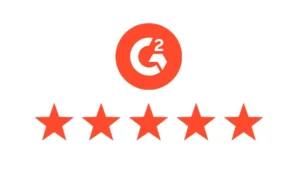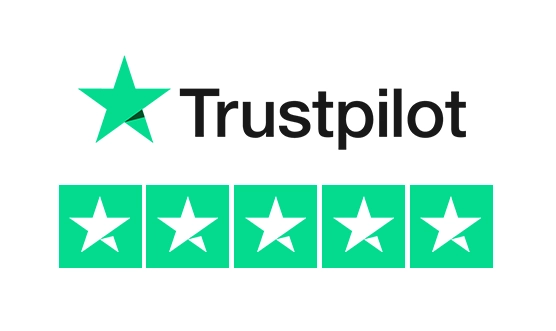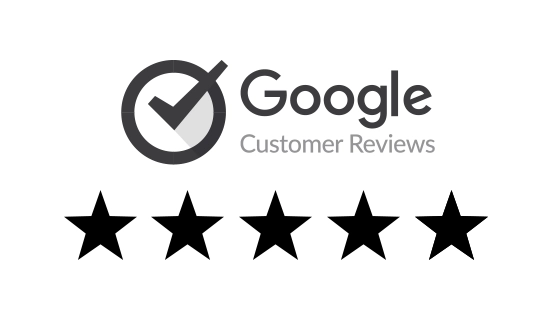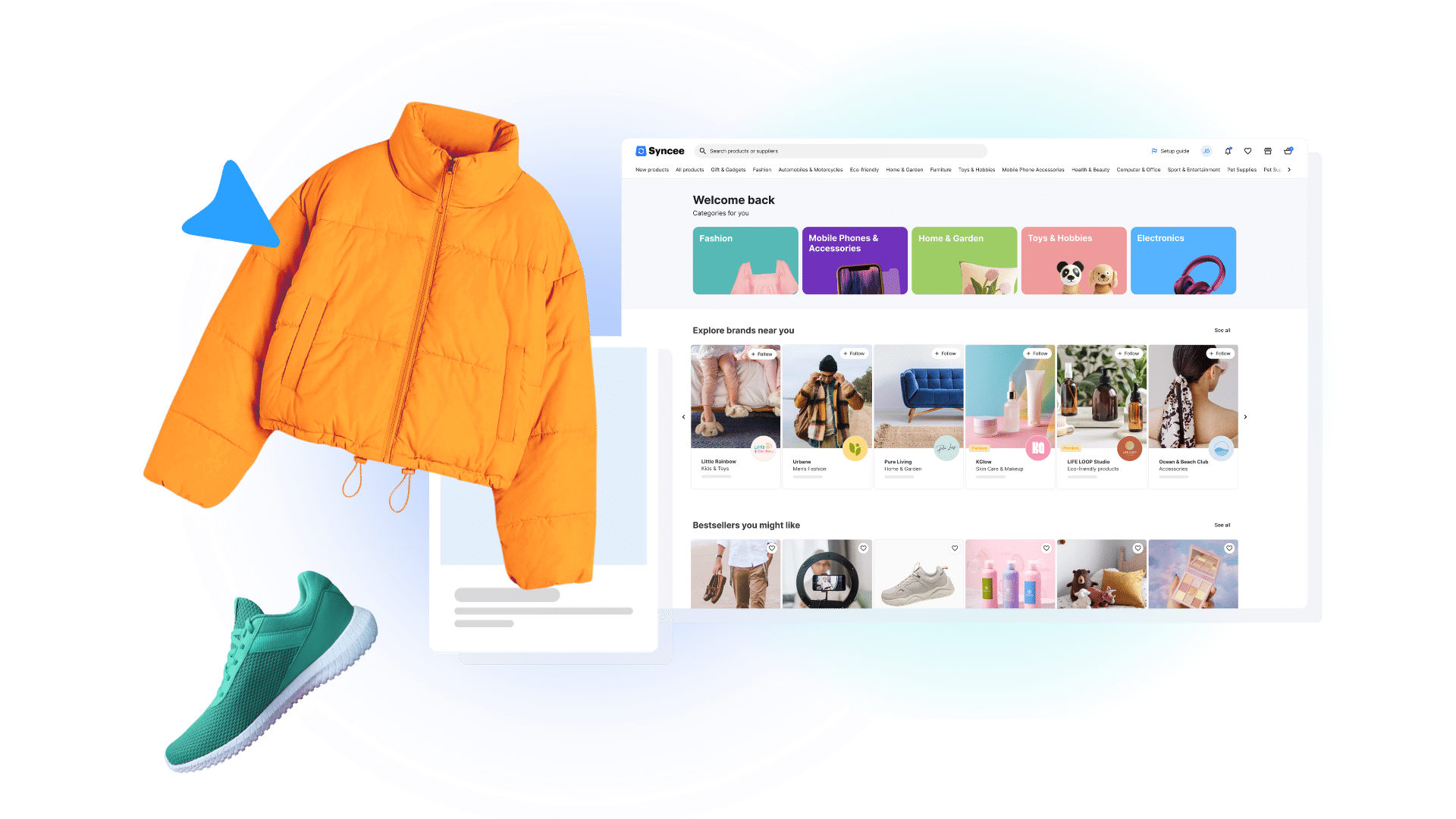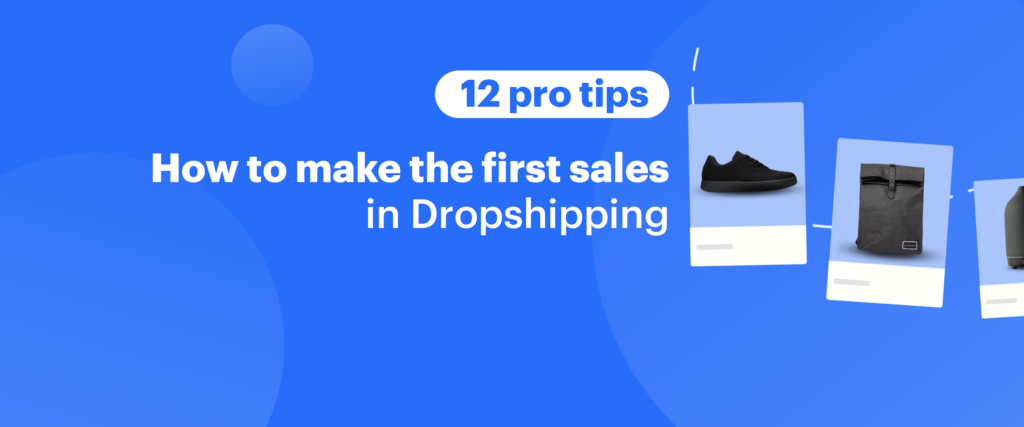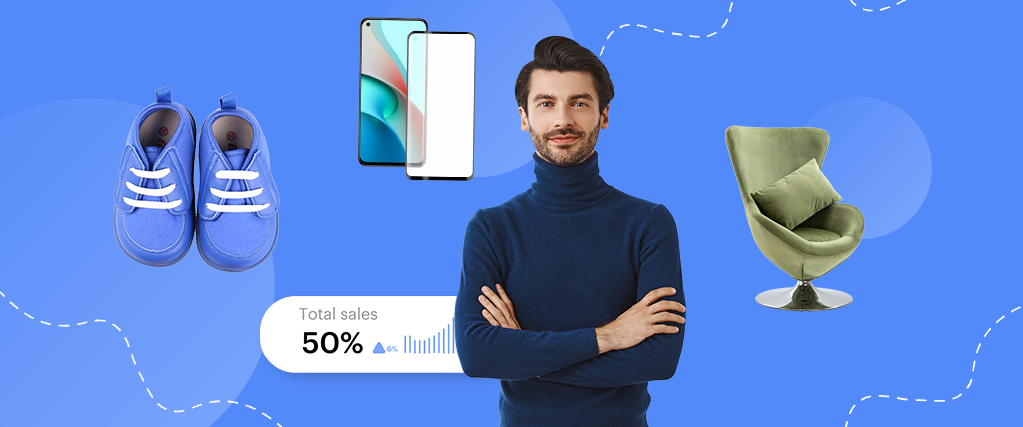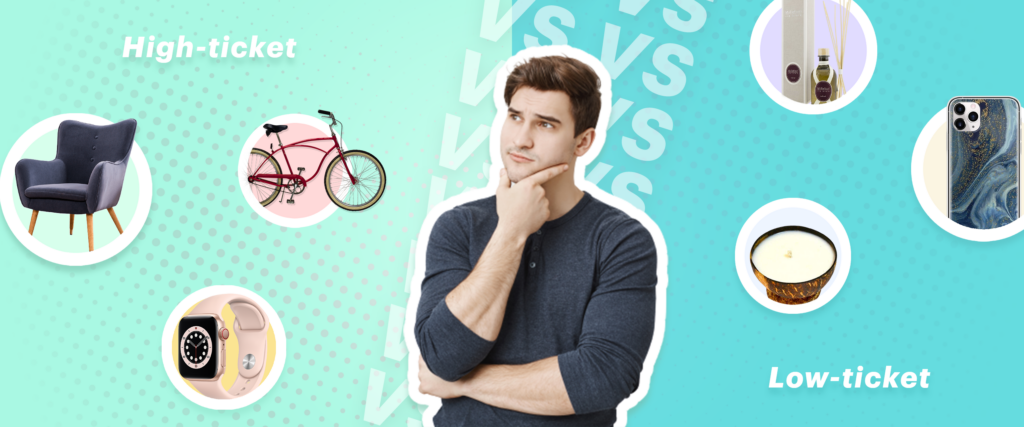If you run a dropshipping store, optimizing images should be high on your SEO-related task list. Why? Because, from reducing site load time through to drawing in shoppers browsing Google images, image optimization can help your ecommerce store to perform better.
Best of all, it is an affordable way to improve both user experience and SEO, getting more organic traffic to your website in the process.
In this article we’re going to quickly run through what image optimization is and how to do it (spoiler alert – it’s super easy). Then we’ll take a look at the main benefits you’ll see to your dropshipping operation after optimizing your images.

What is image optimization?
You might think that image optimisation is just about reducing image file size, but there is a lot more to it than that:
- While making images smaller is the key part of image optimisation, preserving image quality is equally important. Images are online shoppers’ only guide to how products will look and feel, and they expect to be able to zoom in to see small details.
- Naming the image file is essential too, as this plays a big part in how high your image will rank in search.
- Finally, search engines also use an image’s alt tags – text within an HTML code to describe an image’s appearance and function – to decide how your image should be ranked for a particular search term. So optimizing the alt tags of your images for search is also important.
While there are many different elements to image optimization, there are also tools to help you do it. You should select one which has been specifically developed for Shopify to ensure it follows Shopify best practice in terms of image quality and file type.
TinyIMG is an affordable tool that not only reduces image size, but also maximises image quality and generates Alt tags for your images. And once you have it installed, it will automatically optimise any new images you add.
There are a few other aspects to image optimization for you to consider, which are covered in this detailed guide to image optimization.
But in essence, it’s all very simple. Just install the TinyIMG app to your Shopify store, then sit back and let it get to work on your images.
Once you have optimized your images, what benefits can you expect to see? Let’s take a look.
Optimizing images will improve your page speed
Images are the cornerstone of any e-commerce website. Having high-quality, beautiful product photography can go a long way in attracting a customer and getting them to part with their cash.
However, when added to your store incorrectly, images can slow down page load times, which could worsen user experience and, in turn, damage your sales.
Even a few extra seconds could have a huge impact on your ability to engage visitors. According to data on page speed, for every second your page takes to load, you will experience an 11% drop in page views.
Fewer page views equals people spending less time on your site looking at your products. And this means less sales. And if your page takes longer than 5 seconds to load, more than a third of visitors will leave it. The last thing you want is for potential customers to abandon your website before it even loads.
Longer load times have also been shown to negatively affect conversions. According to Akamai, a 100-millisecond delay in website load time can hurt conversion rates by 7%.
This means that if your website drives $1,000 per day in sales, you could lose $25,000 per year in lost conversions.
Making your customers wait every time they click a link will increase the chances that they abandon their exploration of your store before they make a purchase.
On the other hand, making your pages faster dramatically improves conversion rates.
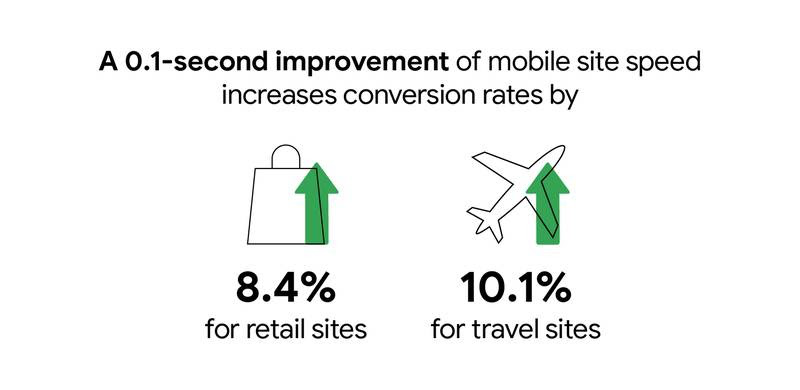
If your store is too slow to load, your customer satisfaction rate is going to drop, which hurts sales. Unbounce’s 2019 Page Speed Report shows that a staggering 70% of consumers admit that the speed pages load on a website affects their buying decisions. Almost half of online visitors say they are less likely to make a purchase if loading time is slower than expected, while a third say they are less likely to return in the future.
If navigating your store is slow and tiresome, customers are less likely to come back for more. They’re also less likely to recommend your store to others. A study by Akamai showed that 46% of visitors who had a bad experience with a website’s performance are more likely to develop a negative perception of the company. 44% would actively tell their friends and family about the bad experience. This is especially damaging since sales from return customers and customers who come to your store after a word-of-mouth referral are way more profitable as they do not require any investment in marketing or SEO.
Image optimisation can help you improve your page speed as smaller image files lead to faster page loads. In the case of one Shopify store, heavy images meant the site took 19 seconds before customers could interact with it. By optimising the images on its site, this figure was cut to just 4 seconds.
Optimizing images will improve your SEO ranking
So, we’ve established that optimising your images will give you an immediate boost in terms of more page views and increased conversions.
However, it will also have long-term benefits for your store in the form of improved SEO performance.
Why fast loading matters for SEO
One of the ways image optimisation has an impact on SEO is that smaller image files lead to shorter load times, and this improves performance in overall search. To understand why, you have to think about Google’s priorities as a search engine.
Google has an algorithm with over 200 factors that it uses to decide which site to send users to. These factors include more than just those related to keywords. And Google has indicated site speed is one of the signals used by its algorithm to rank pages. That’s why it has built a special tool for measuring page speed.
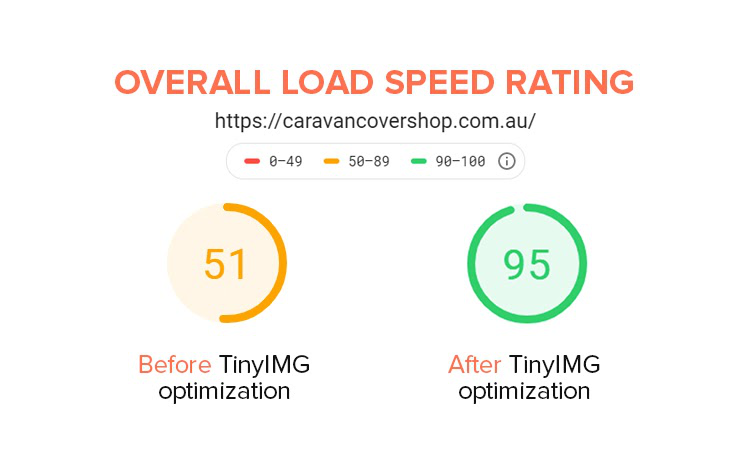
(Image source: TinyIMG)
Tackling bounce rate for better rankings
Another factor to consider is bounce rate. This term refers to the number of site visitors who click on your site, and then quickly click back. In other words, it is the percentage of people that leave a webpage without taking an action, such as clicking on a link, filling out a form, or making a purchase.
When someone clicks a result on the search engine results page, Google pays attention to how long they visit the page. Quickly returning back to the search results most likely plays a role in the page rankings – if a lot of users are bouncing back to the search results page, the assumption is there isn’t much valuable content on the page to begin with. So Google will rank your site lower in searches for this term.
Load speed was found to have a direct relationship with bounce rate: the longer your page takes to load, the higher the bounce rate. As we have seen, optimising your images is a great way to improve page speed. This in turn will help to bring down your bounce rate and improve your SEO ranking.
Optimizing your images will help in Google image searches
As we have already shown, optimising your images means much more than just making the file size smaller. One of the most important steps in image optimization is adding Alt tags to your images. Here’s why.
According to Moz, 33% of all searches on Google are for images. Yet Google cannot tell what is shown in an image on your pages when it is crawling your store. The way to tell Google what is in the image is to use Alt tags.
Alt tags are short texts which are shown if an image does not load. They are written in your page’s HTML code.
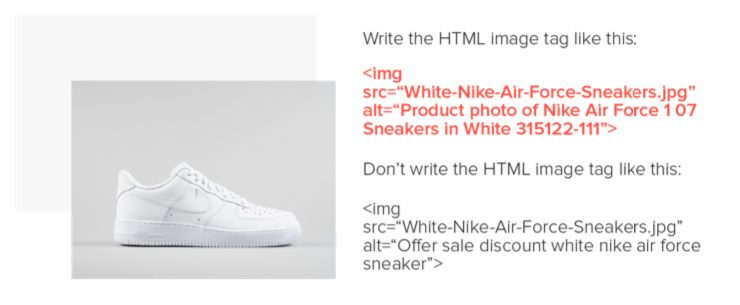
(Image Source: TinyIMG)
Google uses these texts for image searches. If someone searches for an image of “White Nike Air Force 1 Sneakers”, the image from an online store with the Alt tag “Product photo of Nike Air Force 1 07 Sneakers in White 315122-111” might show up.
The simplest option for fixing your Alt tags is to download a Shopify image optimisation app like TinyIMG that will generate Alt tags automatically.
Why organic traffic is good news for dropshippers
So, it’s clear that image optimization is going to boost your SEO. But why does that matter for your dropshipping store?
As a dropshipper, your aim is to put great products in front of interested consumers as affordably as possible. Because your margins are going to be tight, finding the most cost effective way to drive traffic to your store is essential.
One of the best solutions for this problem is organic traffic – customers that find your store by searching on a search engine or clicking a link from another site. Here are 3 reasons why organic traffic is great:
- Organic traffic is free. Unlike ads on Facebook or Google, traffic from organic search is unpaid. So you keep more of the profits from any sale, and have more control over your marketing costs if the price of paid ads goes up.
- Organic traffic converts better than paid. The conversion rates on traffic from SEO or SEM (which stands for Search Engine Marketing) are both higher than for paids ads or paid social. This means more of the traffic that comes to your store will actually make a purchase.
- Organic traffic generates revenue. Not only is organic traffic free, it is also the 2nd best pest performing source of traffic in terms of revenue generation after direct traffic. This means you’ll actually get sales from the traffic that comes to you organically.
In summary, improving your SEO performance will bring you traffic that converts better and generates more revenue. And best of all, it’s free! And optimizing your images is a quick, affordable way to improve your SEO.
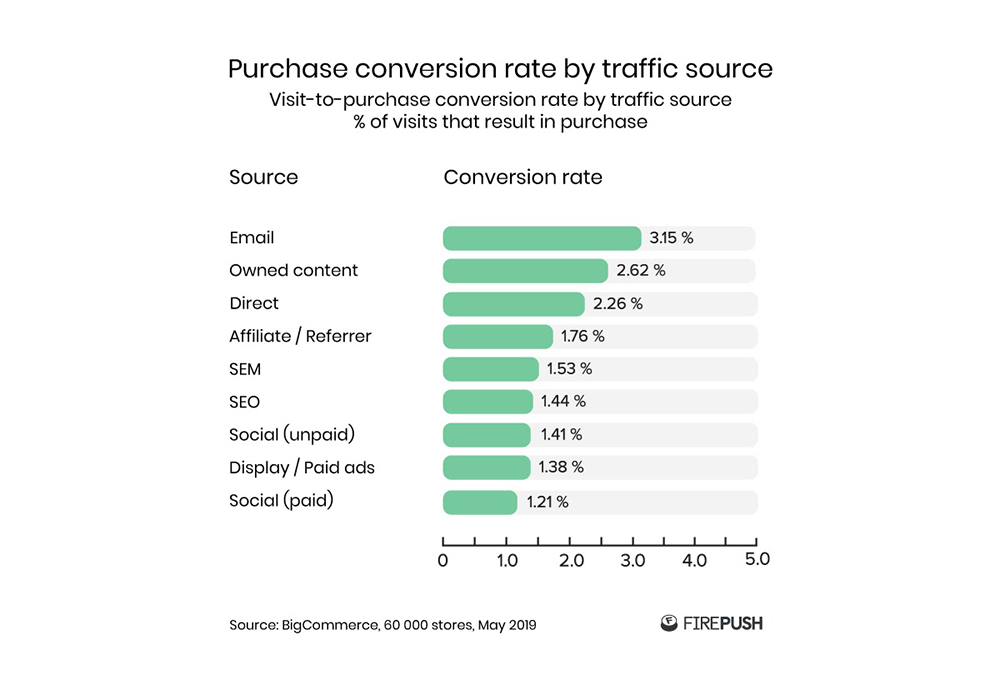
Key takeaways
To sum up, image optimisation is an important way to improve your site’s performance. Here are the key benefits you will notice.
- It will result in faster load speed, which will boost the amount of time visitors spend on your store as well as the number of customers who go on to make a purchase. Shorter load times will also increase the likelihood of your store being recommended to others, bringing long-term improvements to your profitability.
- Google rewards sites that load fast so image optimization will also give your store a boost in terms of SEO rankings. Adding and optimising Alt tags will help you perform better in Google image searches.
- Best of all, once you have an image optimisation app installed, this app will keep running in the background and automatically optimize any new images you add. As your store changes with new product ranges or offers, your site speed and SEO performance will continue to be strong.
You can think of image optimization as your first step in optimizing your dropshipping store for user experience and conversions.
Once you are done, these tips on how to use remarketing to increase dropshipping profits will give you a bunch of ideas as to what to do next.



